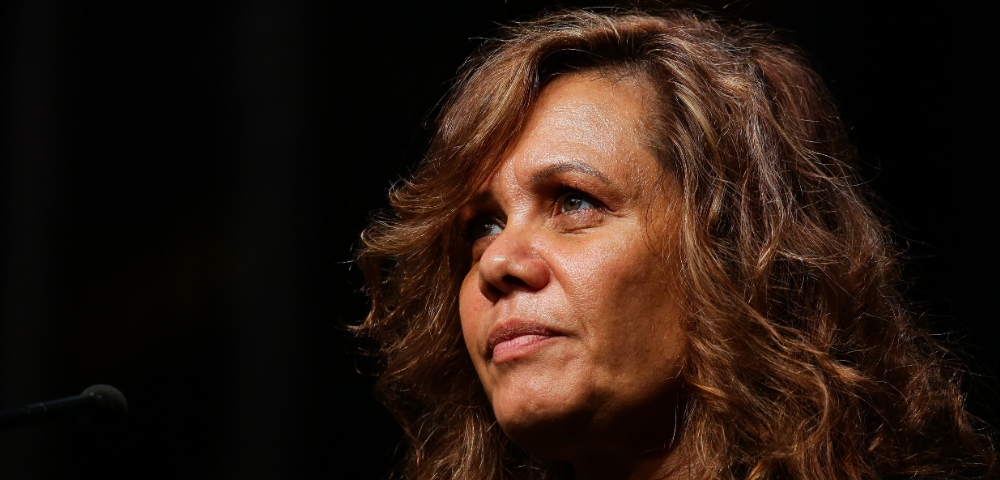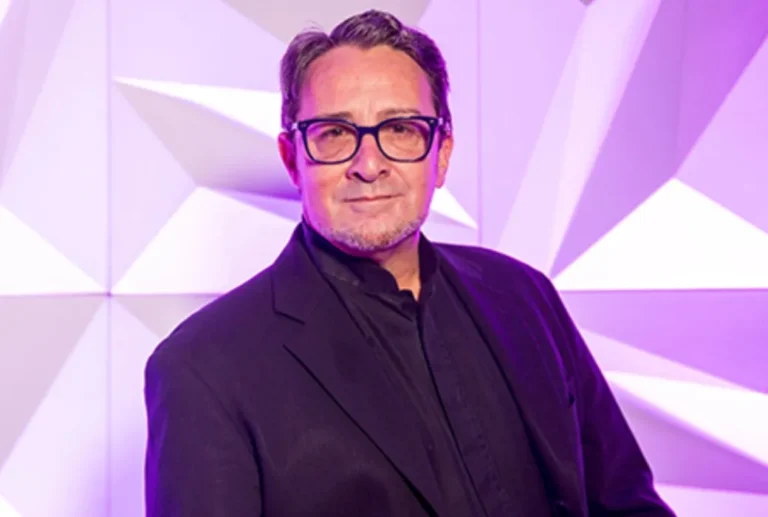
Australia voted no, City of Sydney voted yes: what’s next for Indigenous voices

by GRACE JOHNSON
In tonight’s City of Sydney council meeting, Councillor Yvonne Weldon will put forward a motion to promote Aboriginal and Torres Strait Islander voices in the wake of the ‘No’ vote majority.
A motion advocating for truth-telling in the public domain will also be put forward.
Despite the majority of Australians voting no, and with each state showing a ‘no’ majority, the City of Sydney community was overwhelmingly in support of the referendum. It seems now that Sydney needs to take the lead in recognising Indigenous voices.
“The City of Sydney had one of the highest Yes votes in the Country. I’m encouraged by the support locally,” said Cr Weldon.
Cr Weldon is now bringing to council motions to promote Aboriginal and Torres Strait Islander voices within the community, but also to bring wider awareness of Indigenous culture and heritage across the city.
The Aboriginal and Torres Strait Islander Advisory Panel, made up of local community members and industry professionals, was established on December 15 in 2008 to give advice and inform the policies of City of Sydney Council for matters relating to the Aboriginal and Torres Strait Islander community.
Similar to the notion proposed in the Voice Referendum, the panel advises on the needs of the Indigenous community in the LGA and offers increased knowledge and understanding of their culture, but has no authorisation to make any executive decisions or represent the City.
The panel has contributed to the Eora Journey, meaning “the people’s journey,” which addresses the need to have greater recognition of Aboriginal and Torres Strait Islander culture and heritage, as well as critical issues like housing and the Waterloo estate redevelopment.
Although the panel provides invaluable insight to matters of importance to Aboriginal and Torres Strait Islander communities, it has been criticised as being ‘tokenistic’ – in the lead up to the Voice to Parliament referendum, Lord Mayor of City of Sydney Clover Moore released a newsletter that said the council’s advisory had acted as a ‘Voice’ for Indigenous people since 2008, to which social commentator and journalist Prue MacSween slammed as being ‘virtue-signalling.’
Cr Weldon’s motion aims to see the advisory panel hold more capacity to make their own decisions and make proactive submissions to council, rather than serving as a sounding board.
“The principles underlying the Voice remain pertinent. We need to listen to and give more agency to Aboriginal and Torres Strait Islander communities,” she said.
The second motion that will be brought to council tonight, on truth-telling in the public domain, has its roots in the long saga of Australia evading, and often deliberately misconstruing, its Indigenous history.
The statue of Governor Lachlan Macquarie at the northern end of Hyde Park is particularly deceptive. One of the most eulogised of colonial leaders, Governor Macquarie is described as a “perfect gentleman, a Christian and supreme legislator of the human heart” on the statue’s inscription. On his tomb in Scotland, he is called the “Father of Australia” and is frequently heralded as the one to bring civilisation to the colony.
However in an 1816 directive issued by Governor Macquarie stated that Indigenous people in Sydney are to surrender themselves as prisoners of war – “If they refuse to do so, make the least show of resistance, or attempt to run away from you, you will fire upon and compel them to surrender, breaking and destroying the Spears, Clubs and Waddies of all those you take Prisoners.
“Such natives as happen to be killed on such occasions, if grown up men, are to be hanged up on Trees in Conspicuous Situations, to Strike the Survivors with the greatest terror.”
Although the governor recommended that women and children be spared, this is not what happened. The 1816 Appin massacre ensued. Two Dharawal men and one woman were hung in trees to terrorise other Indigenous people, and their heads were then hacked off and sent to Edinburgh University like prizes.
Evidently, the public domain ignores much of real history in favour of upholding colonial narratives.
The statues have long been the centre of heated debate, particularly during Black Lives Matter rallies, where they were painted with slogans like “no pride in genocide.”
Some have called for the statues to be removed completely.
But Cr Weldon’s motion calls rather for a review of the public statues in the City of Sydney to introduce alternate plaques that will better reflect the history of the area, represent a more accurate picture of the celebrated figures, and incorporate contemporary and First Nations perspectives.
Cr Weldon emphasised the importance of acknowledging Indigenous people and culture, saying “Whether through place names, public art or monuments, representation and recognition in the public domain is important.”









